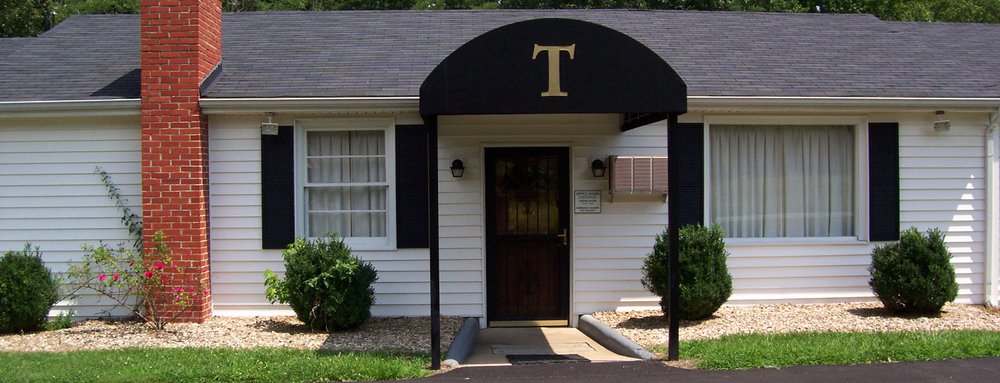
Burial Services
Traditionally, a burial service involves a visitation, followed by a funeral service in a church, or other place of worship. The casket is typically present at both these events, and it is your decision on whether to have the casket open or not. You have the option of having the remains interred (earth burial), or it may be entombed in a crypt inside a mausoleum (above ground burial). Family or religious traditions are often a factor for choosing burial. Decisions need to be made on whether the body needs to be embalmed, what kind of casket to use, what cemetery to use and what to put on the gravestone.
Cemetery Types
Monumental cemetery: A monumental cemetery is the traditional style of cemetery where headstones or other monuments made of marble or granite rise vertically above the ground. There are countless different types of designs for headstones, ranging from very simple to large and complex.
Lawn cemetery: A lawn cemetery is where each grave is marked with a small commemorative plaque that is placed horizontally at the head of the grave at ground-level. Families can still be involved in the design and the information contained on the plaque, however in most cases the plaques are a standard design.
Mausoleum: A mausoleum is an external free-standing building constructed as a monument enclosing the interment space or burial chamber of a deceased person or people. A mausoleum may be considered a type of tomb or the tomb may be considered to be within the mausoleum. The most famous mausoleum is the Taj Mahal in India.
Columbarium: Columbarium walls are generally reserved for cremated remains. While cremated remains can be kept at home by families or scattered somewhere significant to the deceased, a columbarium provides friends and family a place to come to mourn and visit. Columbarium walls do not take up a lot of space and it is a cheaper alternative to a burial plot.
Natural cemeteries: Natural cemeteries, also known as eco-cemeteries or green cemeteries is a new style of cemetery set aside for natural burials. Natural burials are motivated by the desire to be environmentally conscience, although natural burials can be performed at any type of cemetery, they are usually done in a natural woodland area. Conventional markings such as headstones are generally replaced with a tree or a bush or a placement of a natural rock.
Burial FAQ
How soon after or how long after a death must an individual be buried?
There is no law that states a specific time for burial. Considerations that will affect timeline include the need to secure all permits and authorizations, notification of family and friends, preparation of cemetery site and religious considerations. Public heath laws may have limitations on the maximum length of time allowed to pass prior to final disposition.
Does a body have to be embalmed before it is buried?
No. Embalming is a choice which depends on factors like if there is to be an open casket viewing of the body or if there is to be an extended time between death and internment. Public health laws may require embalming if the body is going to be transported by air or rail.
What options are available besides ground burial?
Besides ground burial, some cemeteries offer interment in lawn crypts or entombment in mausoleums. In addition, most cemeteries provide choices for those who have selected cremation. These often include placement of cremated remains in a niche of a columbarium or interment in an urn space.
What are burial vaults and grave liners?
These are the outside containers into which the casket is placed. Burial vaults are designed to protect the casket and may be made of a variety or combination of materials including concrete, stainless steel, galvanized steel, copper, bronze, plastic or fiberglass. A grave liner is a lightweight version of a vault which simply keeps the grave surface from sinking in.
Must I purchase a burial vault?
Most large, active cemeteries have regulations that require the use of a basic grave liner for maintenance and safety purposes. Either a grave liner or a burial vault will satisfy these requirements. Some smaller rural or churchyard cemeteries do not require use of a container to surround the casket in the grave. Check with officials of the church cemeteries for futher details.



